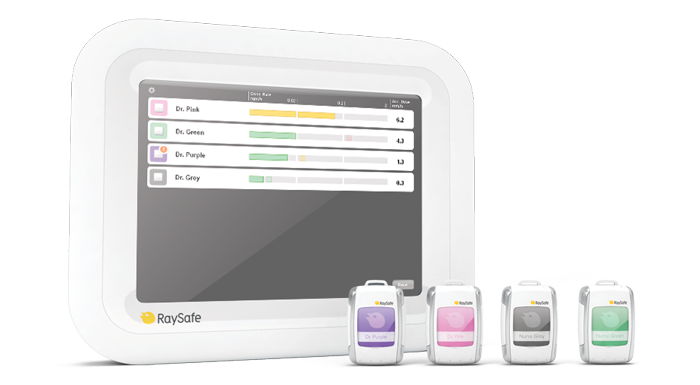News
ALARA Rules for Radiation Protection
ALARA (As Low As Reasonably Achievable) regulatory guidelines were initially developed to protect workers from unnecessary exposure to nuclear radiation. Any medical professional who works with ionizing radiation should be familiar with the acronym ALARA. However, with increased technological advances, X-Ray techniques have become more sophisticated and are used in complex diagnoses and treatments, which means the ALARA principles become even more important.
The ALARA radiation safety principles of time, distance and shielding were established to minimize radiation doses for individuals. The guidelines also limit the release of radioactive materials into the environment which directly applies to today’s medical settings to ensure radiation protection. Because physicians within interventional radiology can’t leave their patients during treatment, an integrated approach to managing the radiation exposure has become an important factor in the safety of medical professionals. ALARA TDS guidelines apply to all radiological situations that expose personnel to direct and indirect radiation; they should be a routine part of the day-to-day work.
Radiation Protection
Make these principles part of your work routine:
- Time – Care should be taken to keep exposure times as short as reasonably possible. Certain staff members can limit their exposure time by leaving the room when possible.
- Distance – While the physician and assisting nurse often need to stay close to the patient when irradiating, other staff members should try to keep a distance. According to the inverse square law, doubling the distance will reduce the dose rate to a quarter.
- Shielding - Wearing radiation protection garments is an effective way to reduce radiation exposure. Furthermore, virtually all interventional labs have additional shielding devices such as bedside lead curtains and movable lead glass shields.
Real-time dosimetry can be an important tool in helping interventional staff monitor and optimize time, distance and shielding, in order to keep radiation doses as low as reasonably achievable.

The RaySafe i3 Real-time Dosimeter can help medical professionals monitor and modify behavior to reduce radiation exposure. It helps users visualize X-ray exposure using easy-to-read bar graphs, letting them evaluate and adjust behavior, and use the radiation reduction solutions in the room to instantly reduce their exposure. Immediate feedback empowers staff to learn and adapt behavior on the go, minimizing unnecessary radiation exposure.
Get more information on ALARA, watch the video and learn more about how the i3 Real-time Dosimeter can help minimize radiation exposure.